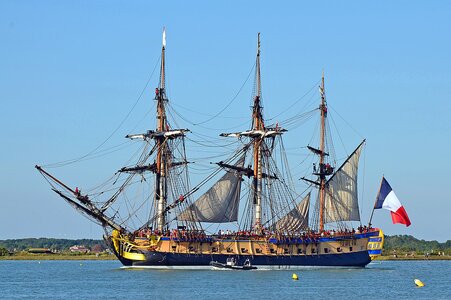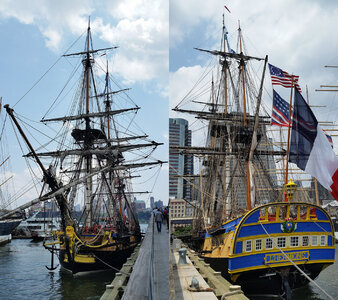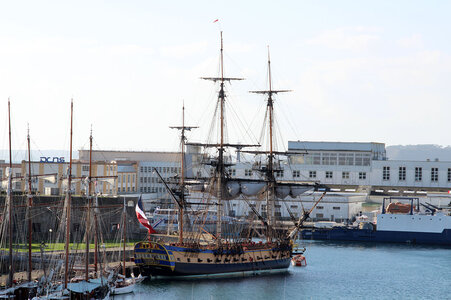- Joined
- Aug 14, 2018
- Messages
- 486
- Points
- 323

Currently I am building Vanguard Models of the 18th century Royal Navy Brig Speedy and so far the research I have undertaken with regards to the rigging of the main mast, main yard has proved inconclusive. In particular I would like to find out if the said yard should be considered as the sail carrying main yard or merely as a cross jack yard used to spread the top sail has proved inconclusive. Many paintings of the time show this yard carrying a sail, mostly furled, sometimes full and on, yet most modern replicas of boats of this era show the yard bare, (as it would be on a three mast ship). I would love it if anyone could throw some light on the matter. Thank you all in anticipation.





